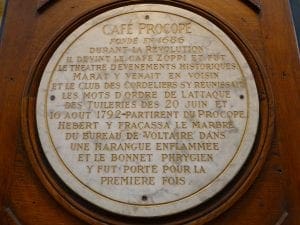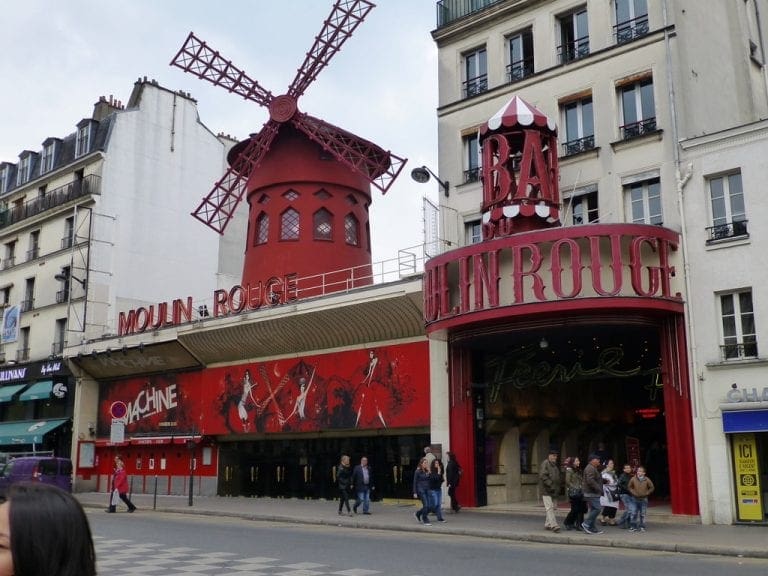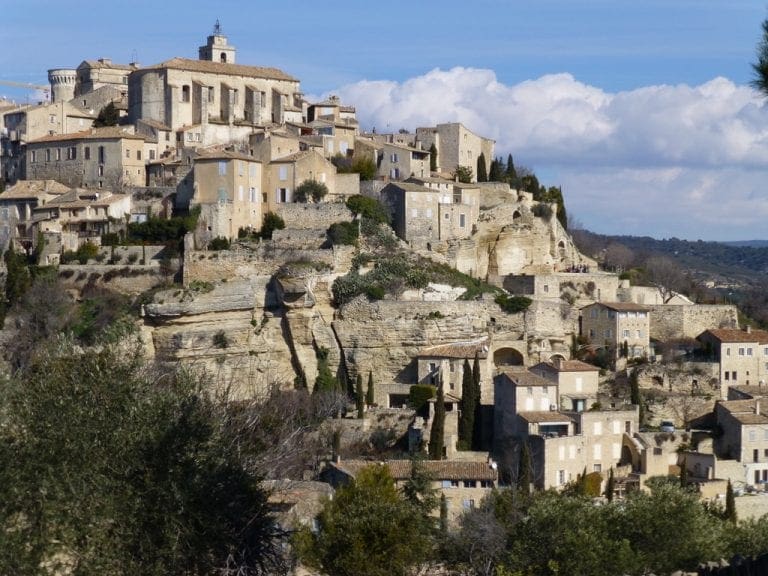I am Le Procope

I am the world’s first coffee house where Europe could sample the Muslim stimulant ‘coffee’ and one of the world’s oldest continuously operating restaurants. I was founded 1686 by Sicilian Francesco Procopio. I quickly became fashionable with Paris’ political and literary elite.
In the 1700s, I caffeinated the revolution. My patrons included the philosopher Voltaire – who, I’m sure, drank 40 cups of his favourite mixture of coffee every day fueling his intellectual passion. (Forty cups is a great coffee high.) His favourite table bears his carved initials. Benjamin Franklin told old stories of the American Revolution. Robespierre, Danton and Marat plotted coups over double-shots.
The young lieutenant Napoleon would leave his hat as security when he went searching for the money to pay the bill – which he often did not do. His hat is still here! (Surely, the prices were not so high. Or was it that Napoleon was always short of funds.)
I was revamped and restored in 1989 in the style of the 18th century and a restaurant added.














